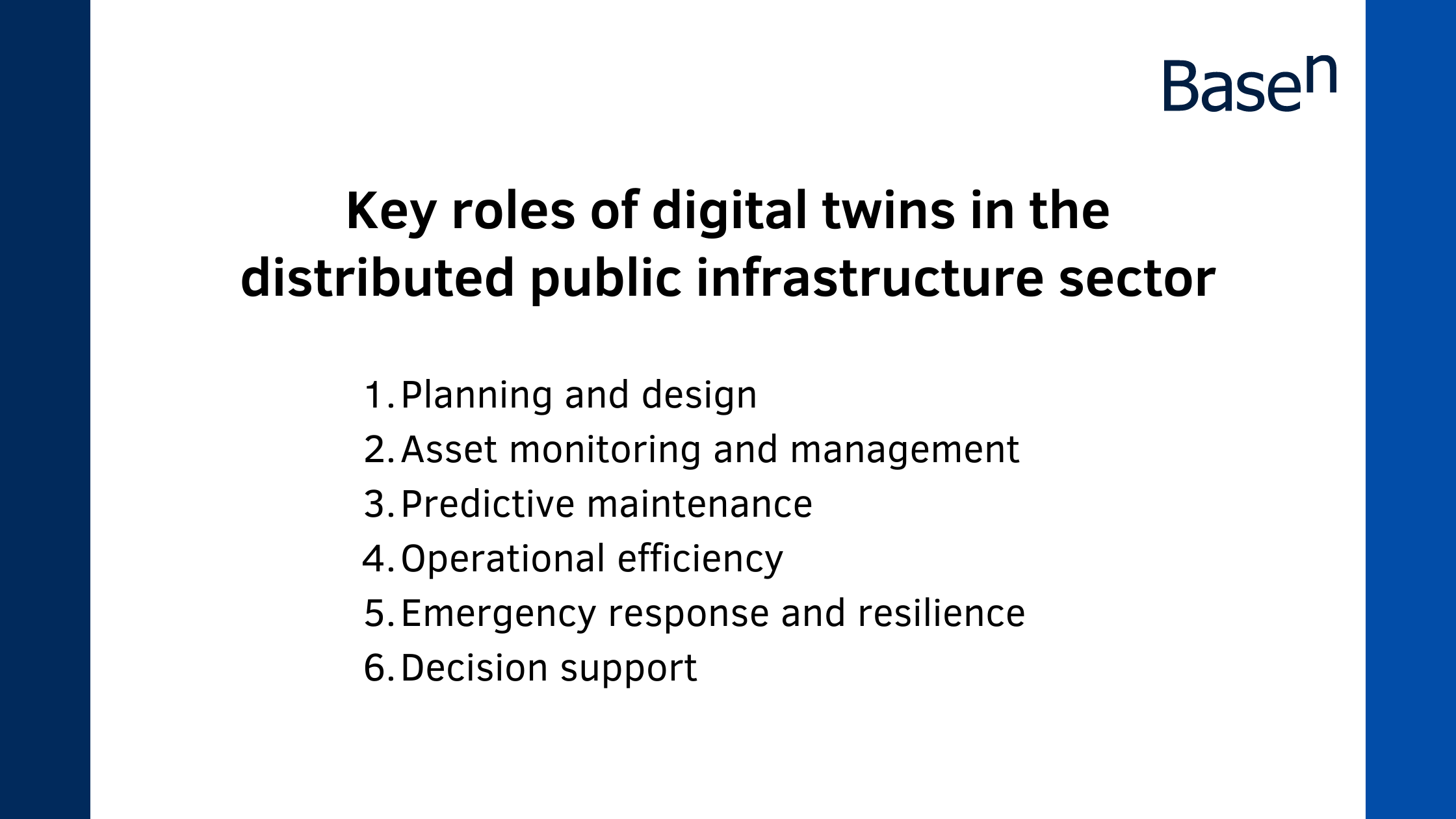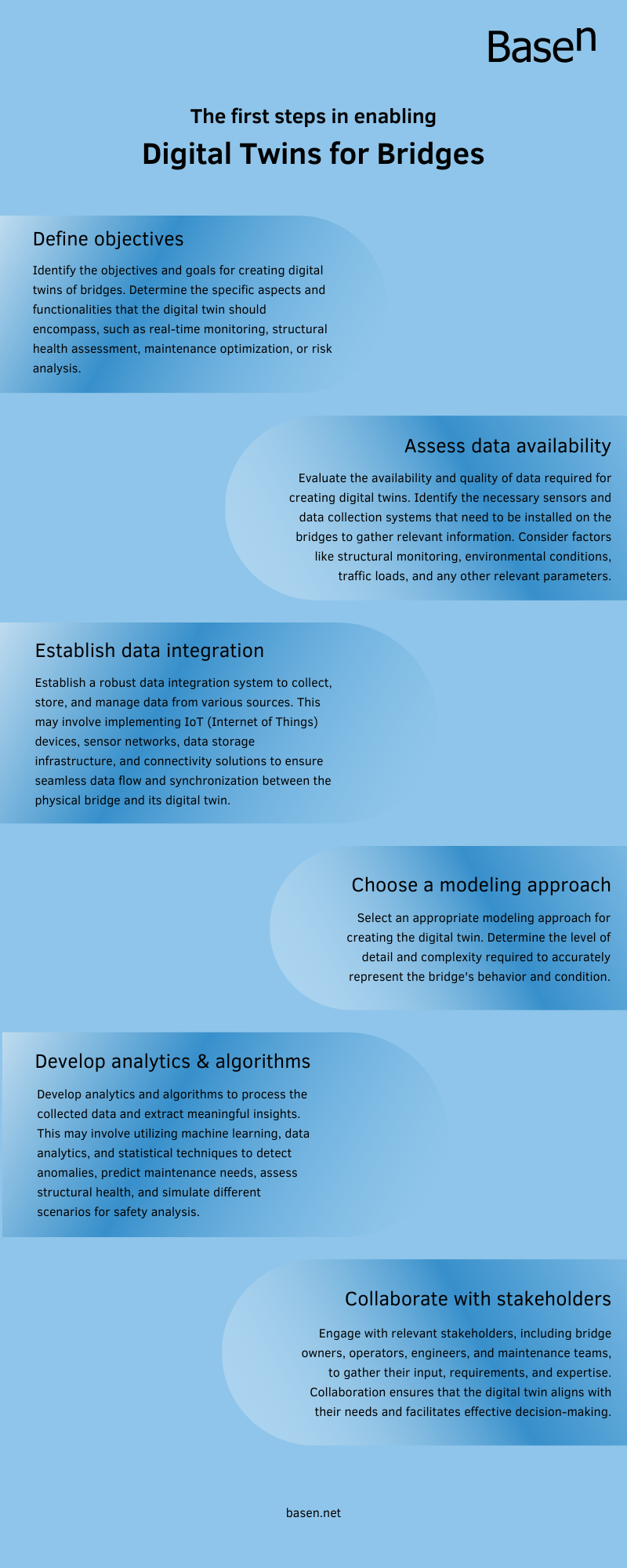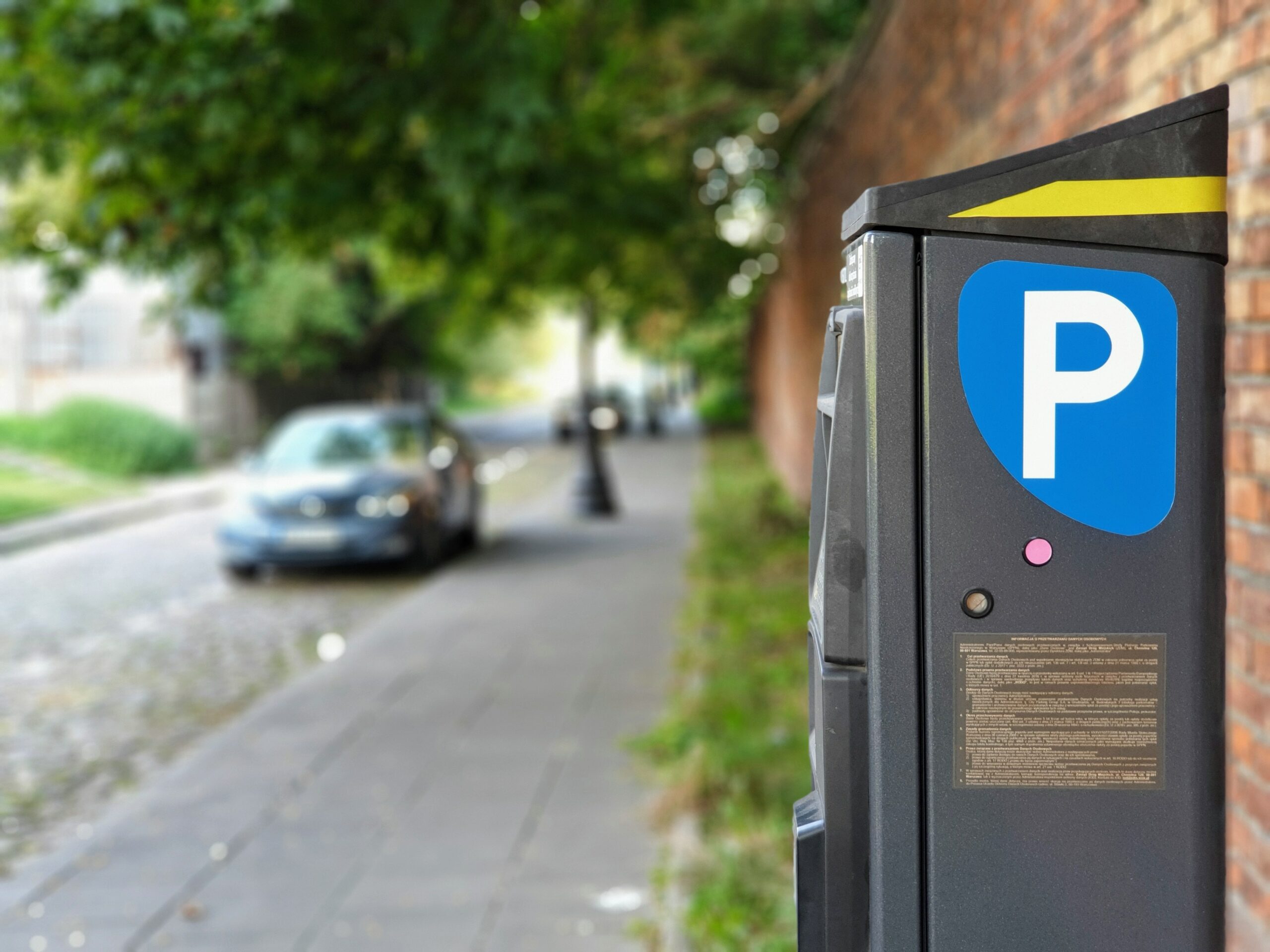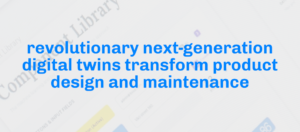Share this post:
Introduction to the distributed public infrastructure sector
The distributed public infrastructure sector includes infrastructure assets spread across a region, publicly owned or managed. These assets support public services and communities.
It includes transportation networks, utilities, public buildings, communication networks, and other necessary facilities for society’s functioning.
The distributed nature of these assets implies that they are located in various locations rather than concentrated in a single area, enabling access and provision of services to different regions and communities.
Key roles of digital twins in the sector
Digital twins are essential in the distributed public infrastructure sector, serving these key roles:

- Planning and design: Accurate digital models aid effective planning and optimize designs before construction.
- Asset monitoring and management: Real-time data capture and analysis optimize maintenance, asset utilization, and decision-making.
- Predictive maintenance: Continuous monitoring and historical data analysis forecast maintenance needs, reducing downtime and extending asset lifespan.
- Operational efficiency: Data analysis identifies optimization opportunities, reducing costs and enhancing performance.
- Emergency response and resilience: Real-time situational awareness enables monitoring, rapid response, and recovery actions during disruptions.
- Decision support: Comprehensive asset views and predictive analytics aid informed decisions on maintenance, upgrades, and resource allocation.
💡 Learn also about the roles of digital twins in Distributed Industrial Asset sector here.

Digital twins for bridges: benefits and contributions to safety
Digital twins for bridges involve virtual replicas of physical structures connected to real-time data sources for continuous updates. Benefits include:
- Real-time monitoring: Data on structural health, vibrations, and strain helps assess integrity and detect issues for proactive maintenance.
- Performance evaluation: Data analysis compared to the digital twin evaluates bridge performance over time, identifying deviations.
- Scenario analysis: Digital twins simulate various scenarios to optimize bridge design and performance.
- Decision-making support: Real-time data and accurate representations inform decisions on repairs, maintenance, and asset management.
💡 Learn also about digital twins for EV charging stations here.
How digital twin technology contributes to the safety of bridges
Digital twins for bridges are evolving but recognized in infrastructure management. Organizations and researchers explore them for better monitoring and maintenance.
Digital twins of bridges play a crucial role in ensuring safety by providing real-time monitoring, early detection of potential issues, and data-driven decision-making.
Digital twins ensure safety through:
- Real-time monitoring: Detecting abnormal behavior or structural issues compromising safety.
- Condition assessment: Identifying signs of wear, corrosion, fatigue, or damage for prompt action.
- Structural health monitoring: Comprehensive views of load distribution, vibrations, and environmental impacts enable proactive maintenance.
- Risk analysis and simulation: Evaluating safety implications under different conditions and taking preventive measures.
- Data-driven decision-making: Optimizing maintenance and operational strategies based on data-driven insights.
💡 Learn about how digital twins ensure factory floor safety here.
Enabling digital twins for dridges: initial steps for construction companies
Construction companies can begin creating digital twins for bridges by:
- Defining objectives and functionalities.
- Assessing data availability and quality.
- Establishing robust data integration systems.
- Choosing appropriate modeling approaches.
- Developing analytics and algorithms.
- Collaborating with stakeholders
By following these steps, a construction company can embark on the creation of digital twins for public infrastructures like bridges, leveraging advanced technologies and data-driven insights to optimize maintenance, enhance safety, and improve overall asset management.





